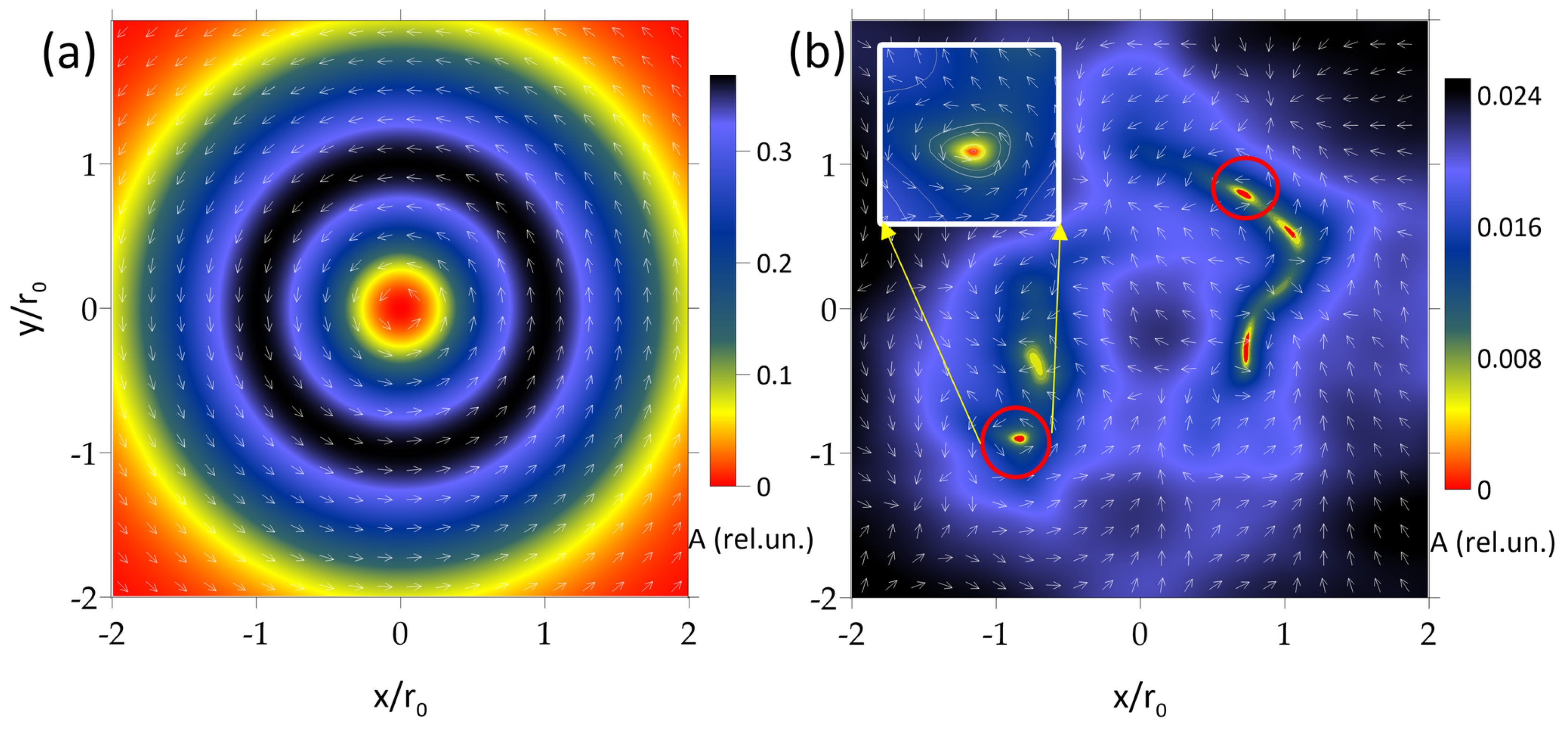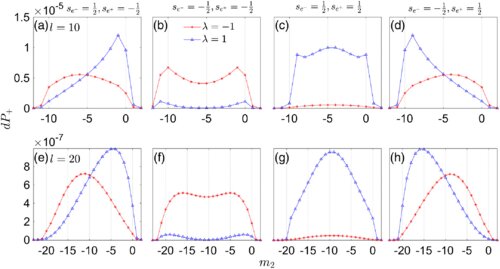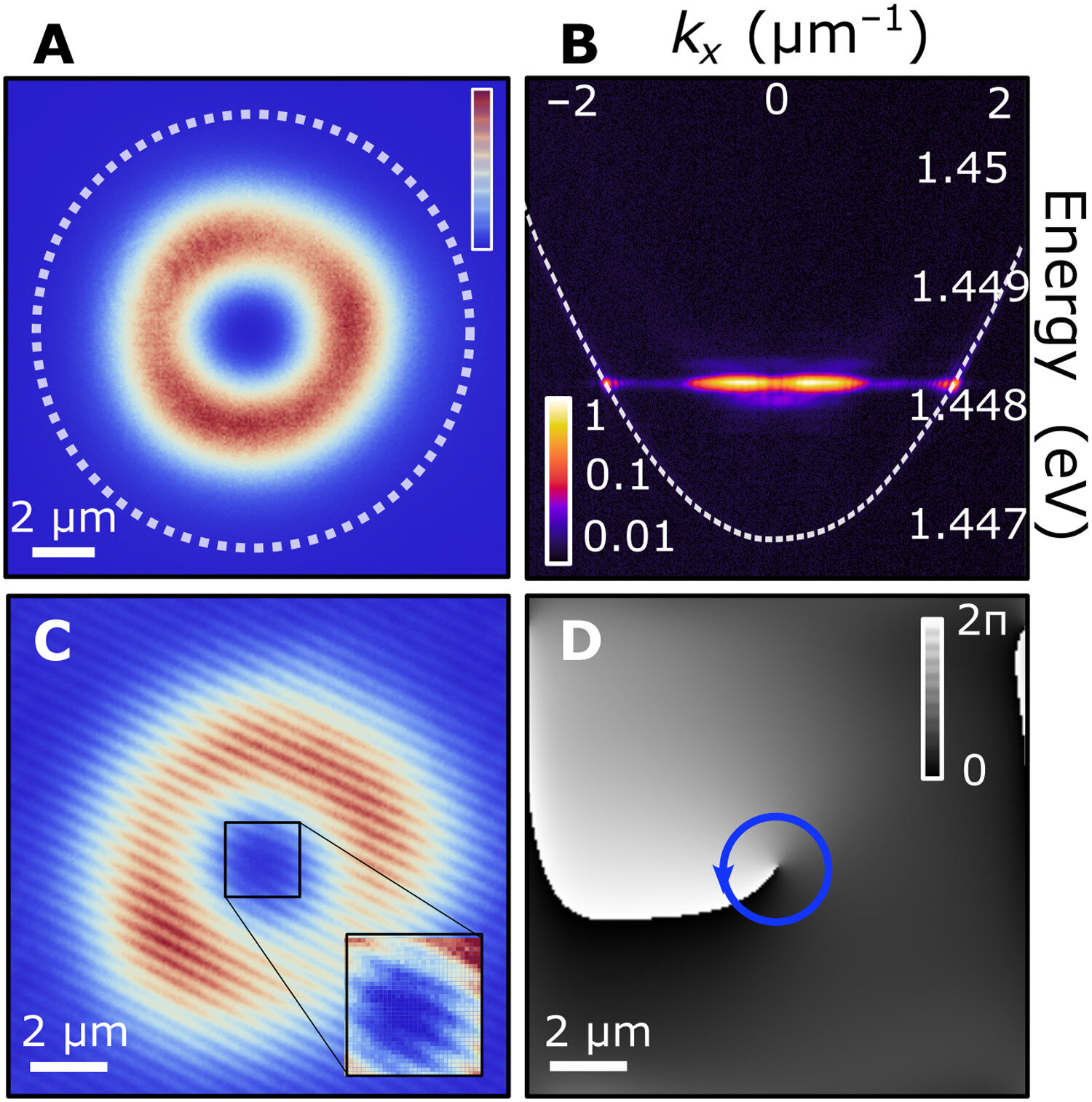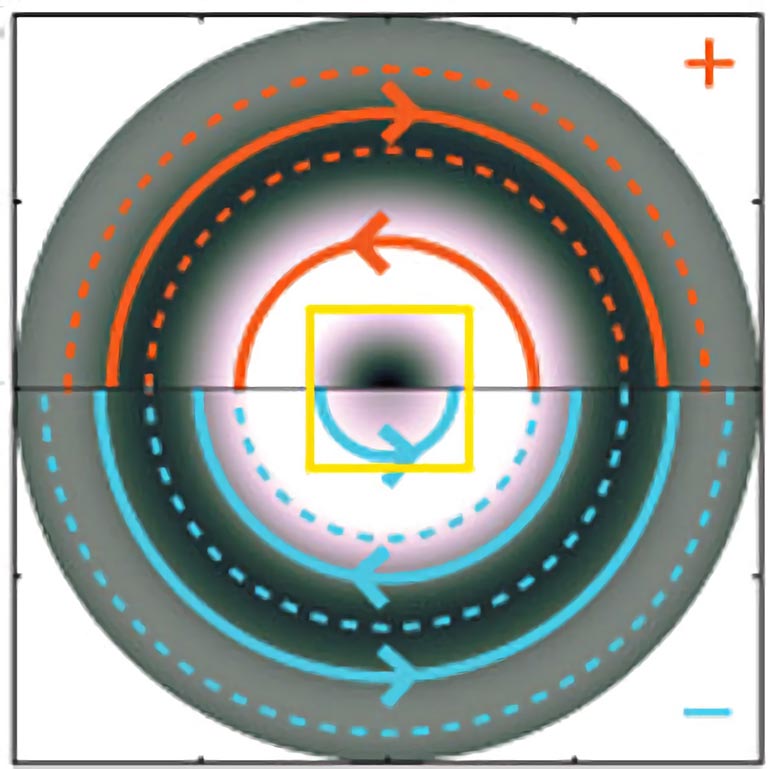Researchers generate, for the first time, a vortex beam of atoms
Par un écrivain mystérieux
Description
Vortices may conjure a mental image of whirlpools and tornadoes—spinning bodies of water and air—but they can also exist on much smaller scales. In a new study published in Science, researchers from the Weizmann Institute of Science, together with collaborators from the Technion-Israel Institute of Technology and Tel Aviv University, have created, for the first time, vortices made of a single atom. These vortices could help answer fundamental questions about the inner workings of the subatomic world and be used to enhance a variety of technologies—for example, by providing new capabilities for atomic microscopes.

Photonics, Free Full-Text

A Vortex in a Nanometric Teacup: Researchers Generate a Vortex

First vortex beam made entirely of atoms, Research

PDF) Atom vortex beams

Researchers develop complete theory to describe high-energy

Quantum vortex formation in the lab

Researching the Properties of Relativistic Electron Vortex Beams

Electron Vortex Beam Generation via Chiral Light-Induced Inelastic

Researchers generate, for the first time, a vortex beam of atoms

Path to Magnetic Vortex RAM Might be More Difficult Than

A quantum effect makes ultracold atom clouds more transparent
depuis
par adulte (le prix varie selon la taille du groupe)







